
Profile | As Masaaki Miyakawa opens Macau sushi restaurant, master chef reflects on his journey
- 10 years ago, Masaaki Miyakawa took Sushi Shikon in Hong Kong from two to three Michelin stars. Now he has opened a restaurant in Macau
Those who remember the early days of Sushi Shikon in Hong Kong, a tiny omakase place hidden in the Mercer Hotel, would probably remember chef Masaaki Miyakawa deftly slicing fish behind the sushi counter.
In his short two years there, from 2013 to 2014, Miyakawa took the restaurant in Sheung Wan on Hong Kong Island from two to three Michelin stars before returning to his Hokkaido home, in Japan, to open his own, eponymous restaurant.
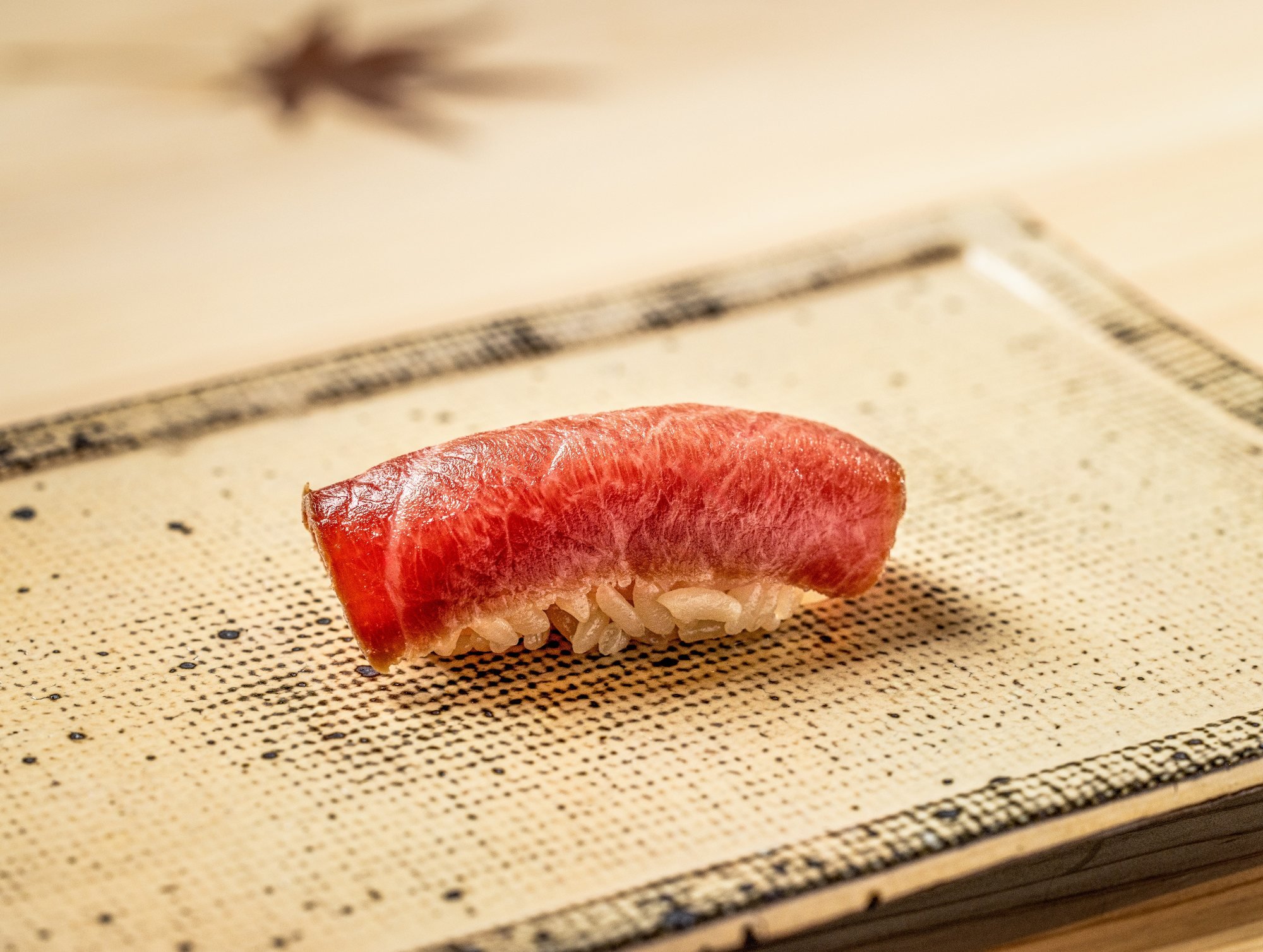
For Miyakawa, opening Sushi Kissho in Macau is a homecoming of sorts. He remembers frequent trips to the former Portuguese enclave during his time in Hong Kong, to refresh and unwind when things got a little too overwhelming.
“Hong Kong and Macau are full of memories for me. I was having a hard time in the first few months in Hong Kong as I had to adjust my style of working or communicating with the staff,” says Miyakawa.
“I was very tired, and I came [to Macau] a lot to walk around nature to refresh myself.”
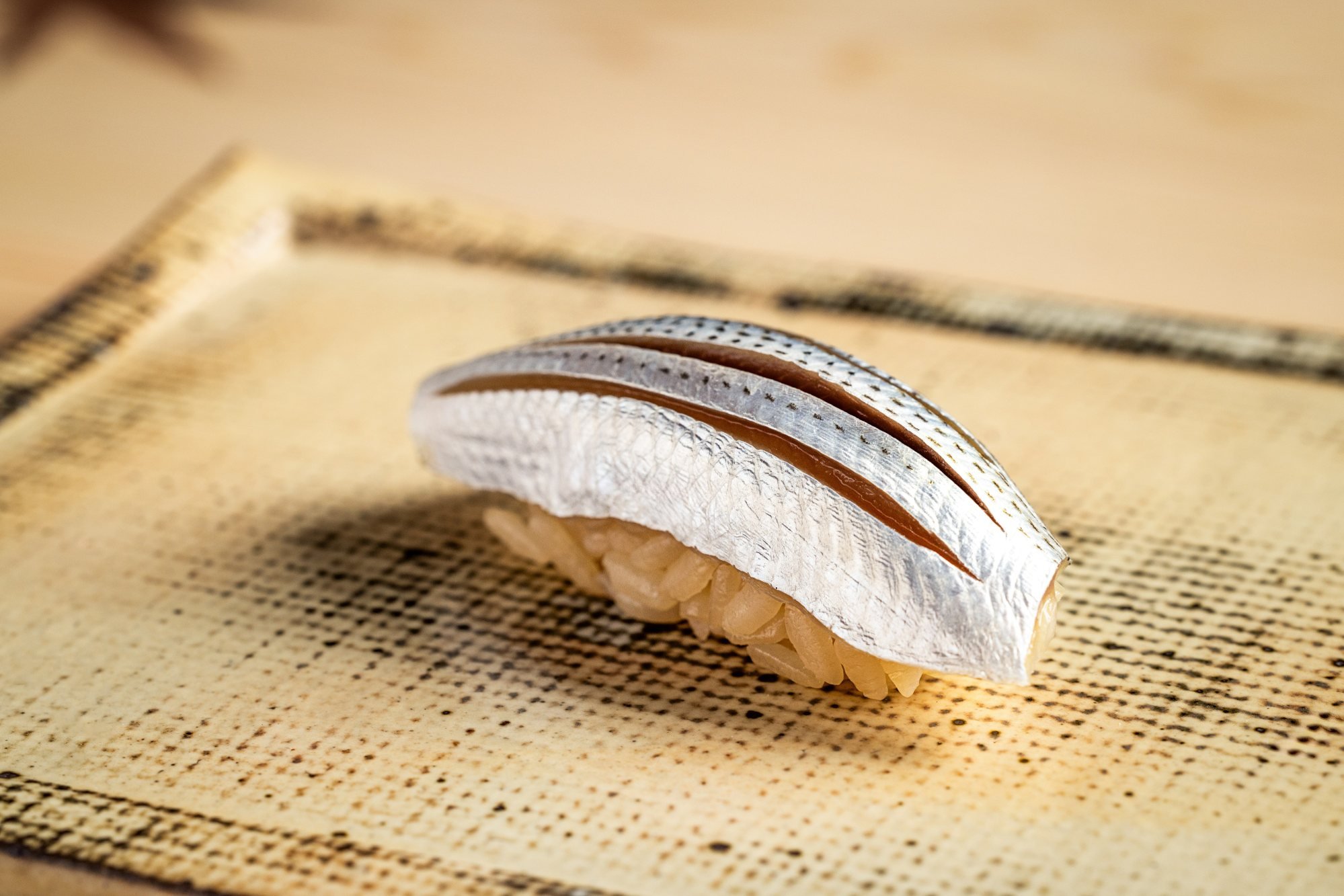
Sushi Kissho serves Edomae sushi, a traditional style that originated in the Edo period (1603-1868) in what is now Tokyo. “Edomae” literally translates to “in front of Edo” or “in front of Tokyo Bay”.
Edomae sushi chefs use the freshest seasonal ingredients from the Tokyo Bay area, preparing them with specialised techniques including curing, ageing and marinating.
Although Macau may not be as logistically convenient, given its limited number of daily flights bringing in fresh seafood, Miyakawa’s good relationship with Japan’s top suppliers means his Macau diners will still get the freshest seasonal ingredients.
“They know what I want and I know what they have, so I trust them to send the freshest seafood. That’s the most important thing. Then we have to make sure we transport them at the right temperature – zero degrees – so that the quality can be maintained,” he says.
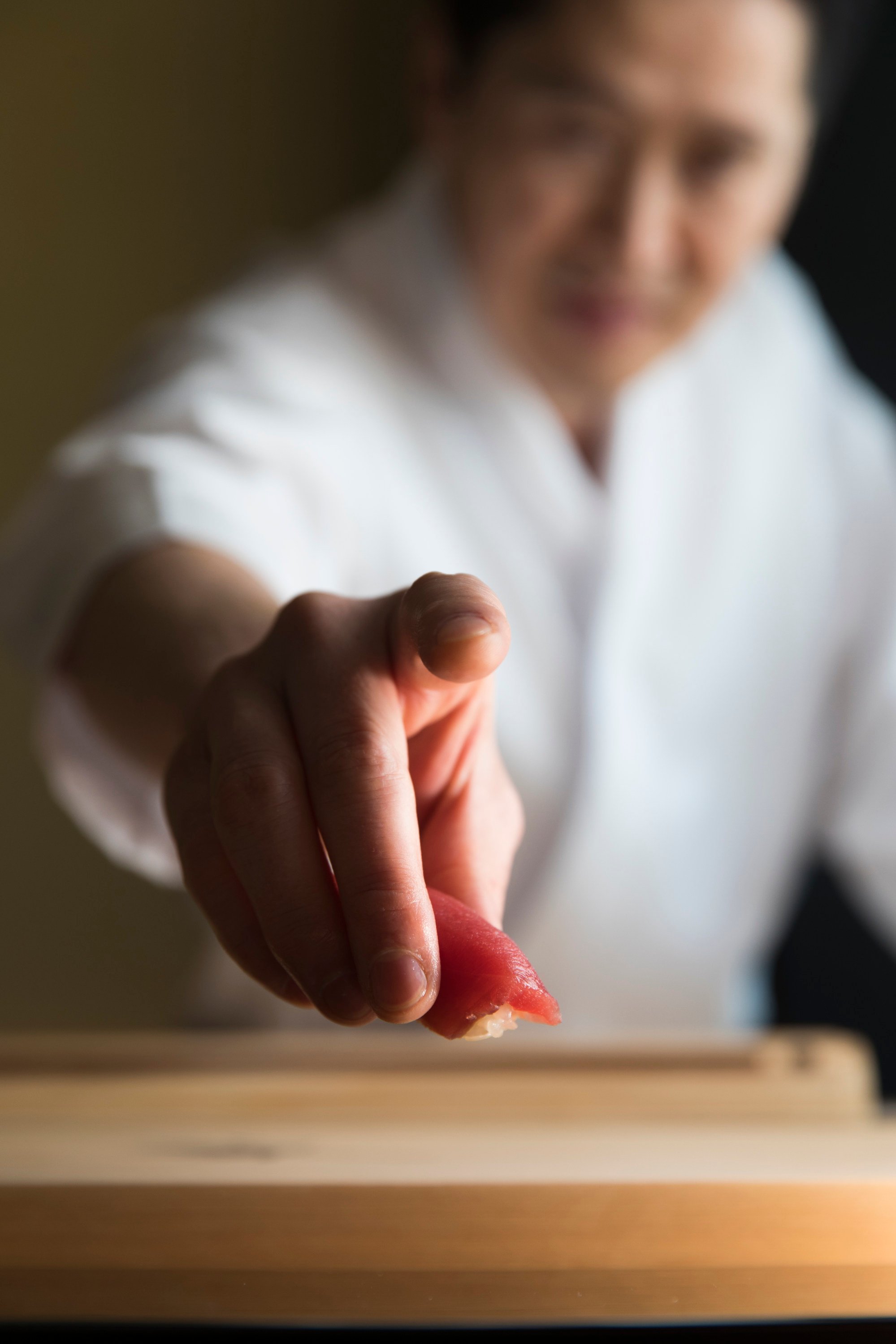
The main difference between his restaurants in Japan and Sushi Kissho is that the food-preparation process will be more on show in Macau compared with the more traditional setting of his Japanese outlets.
“In Japan, I wanted to focus on the taste, but here I want to show what my staff and I are doing. I think the diners enjoy that, too. It’s like a kind of entertainment.
“For instance, in Japan we may do the aburi [flame-sear] in a corner but in Sushi Kissho you will be able to see 90 per cent of what is going on.”
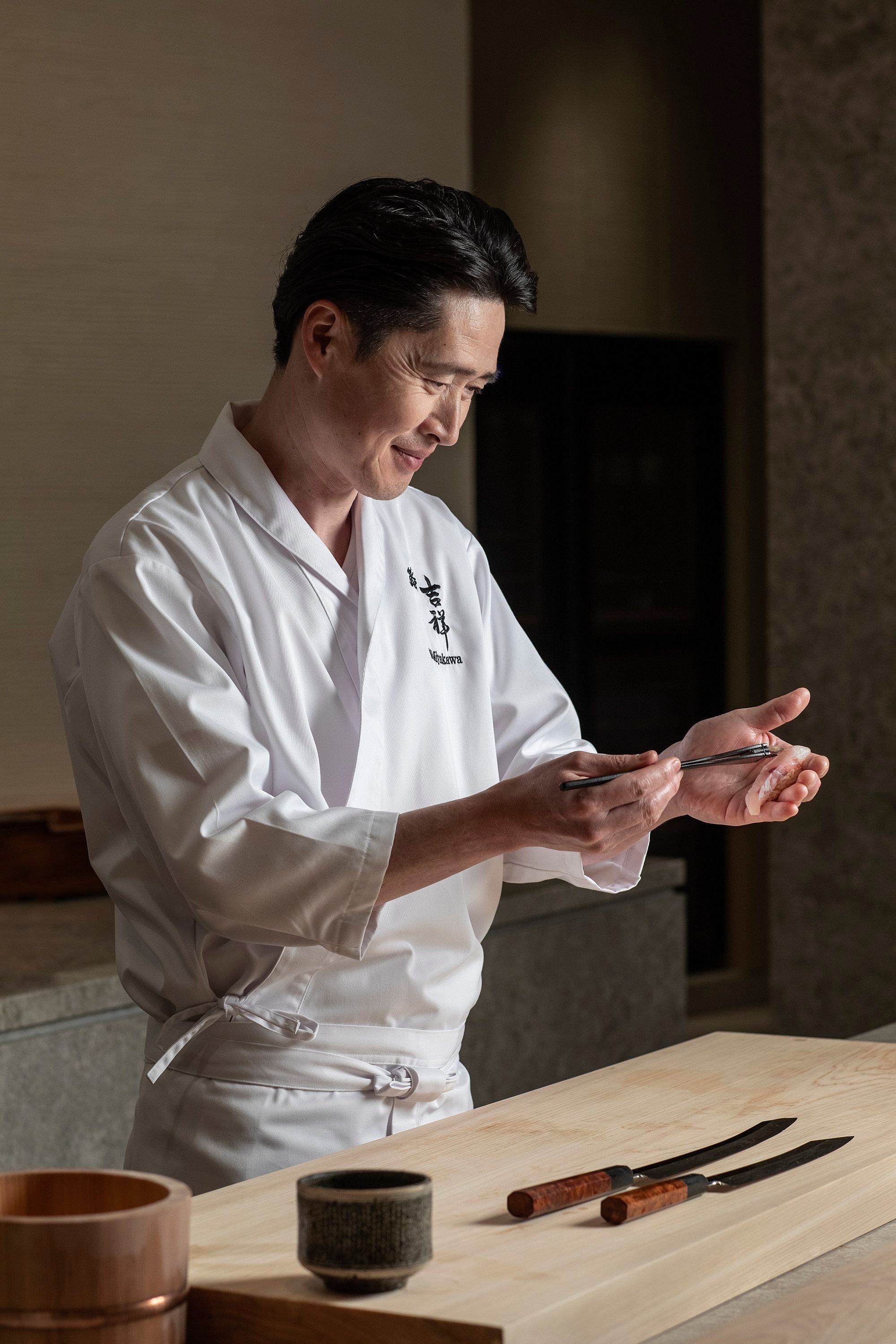
Miyakawa’s journey to culinary distinction began in the rural Japanese town of Asahikawa, where his skills blossomed despite his family’s non-culinary background.
After graduating from high school, his passion for sushi led him to Sushiden Kenzan, in Tokyo, where he met chef Masahiro Yoshitake, his future mentor and master.
Over the next seven years, Miyakawa immersed himself in the art of sushi making, honing his skills and developing a deep appreciation for the nuances of flavour and texture.
The plan had always been to open my own restaurant
A stint back in Hokkaido and a foray into fine French cuisine further broadened his culinary horizons.
Although his passion was always sushi, his French culinary experiences taught him about sauces, which he now tries to incorporate into his cooking.
Miyakawa had been thinking of moving home to Hokkaido to open his own restaurant when Yoshitake invited him to head up Sushi Shikon in Hong Kong, a collaboration that culminated in Sushi Shikon earning its third Michelin star in 2014, and solidified Miyakawa’s reputation as a master of his craft.
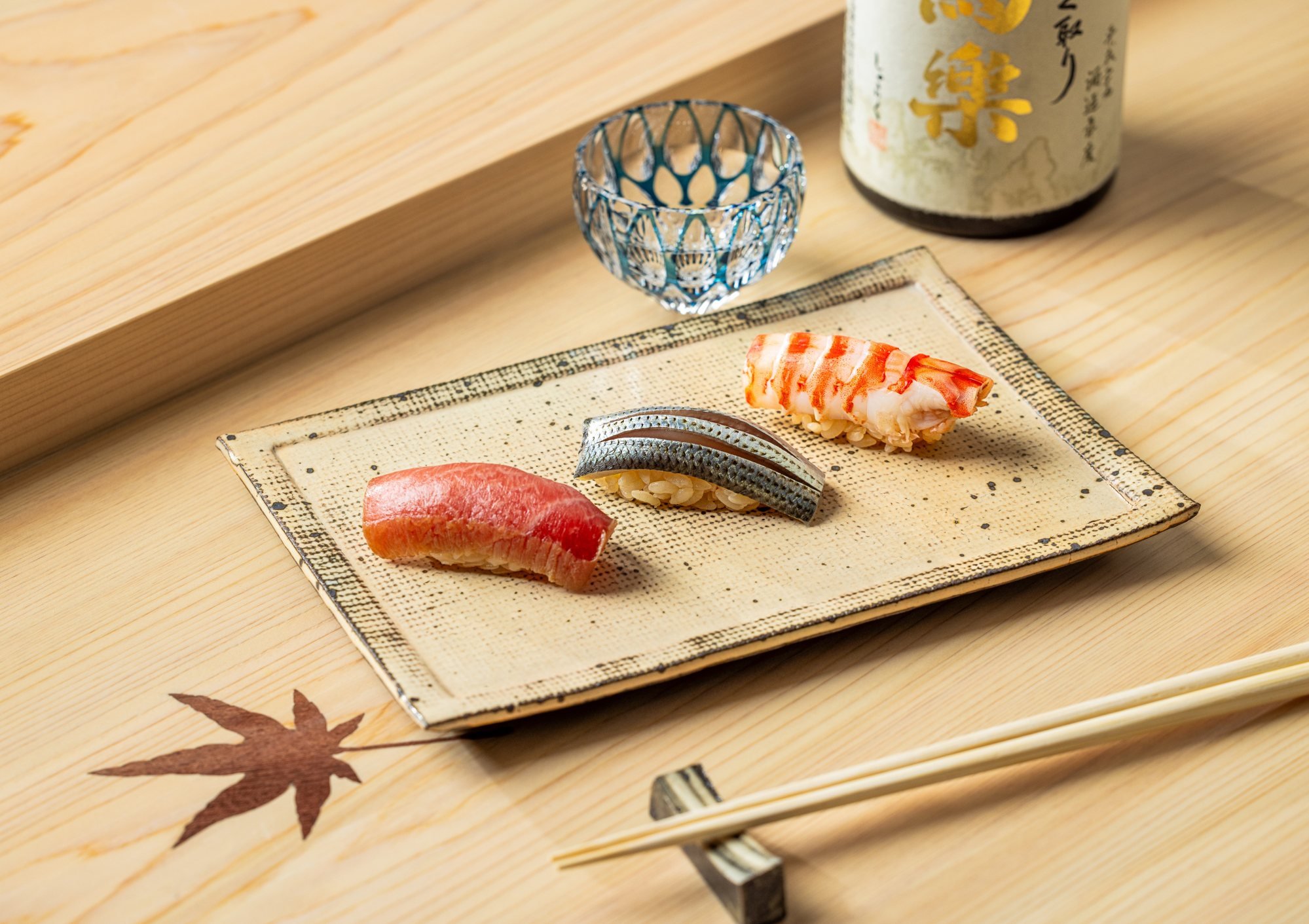
“The plan had always been to open my own restaurant. In fact, I was about to return to Hokkaido to do so when Yoshitake-san asked me to help him with the opening of Sushi Shikon [a rebranding of Sushi Yoshitake, which opened in 2012].
“It was also a great opportunity for me to learn. So we agreed that I would stay for two years to help him,” says Miyakawa.
Returning to his roots in Hokkaido, Miyakawa founded his eponymous restaurant, Sushi Miyakawa, in 2014.
When I was in Hong Kong, a lot of the customers would bring very good wine for their meals. When I opened my own restaurant, I wanted to have a wine cellar, too
In 2017, he launched Sushi Shin by Miyakawa in Niseko, followed by a Tokyo outpost at the Mandarin Oriental in 2019.
The more casual dining experience also opened up a new world of champagne and wine for the chef.
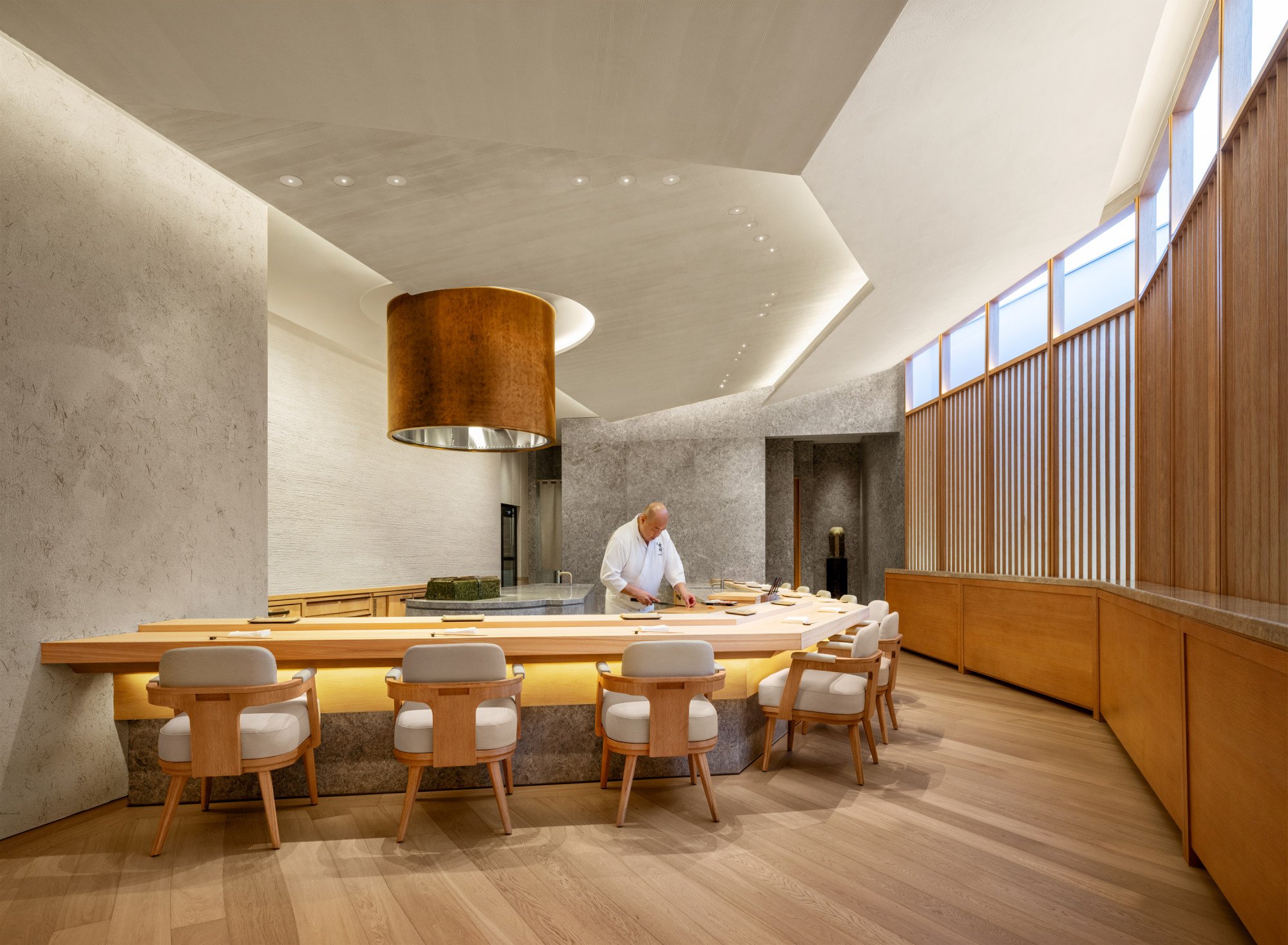
“When I was in Hong Kong, a lot of the customers would bring very good wine for their meals, and they would often invite me to drink with them. I was very interested.
“When they left, I would take photos of the bottles and go learn about the wine and champagne. When I opened my own restaurant, I wanted to have a wine cellar, too,” says the 53-year-old.
“A lot of Japanese people know about wine and champagne but they were surprised that a sushi restaurant would have them.”

The black abalone and liver sauce, one of the chef’s most memorable dishes at Sushi Shikon that remains on the menu today, also makes an appearance, albeit with some tweaks in the recipe.
The seafood, naturally, will depend on what the day’s catch in Japan will be.

To make sure that his Macau guests get the real Miyakawa experience, the chef has installed two long-time cohorts, Norihisa Maeda and Hironori Satake, as executive chefs.
Although he will not be able to make it to Macau as often as he does his Japanese establishments, Miyakawa promises he will be in the Chinese special administrative region at least three to four times a year.
“Of course, there will be some gaps but we will be communicating constantly with each other,” he says. Just keep an eye out for the announcements.

